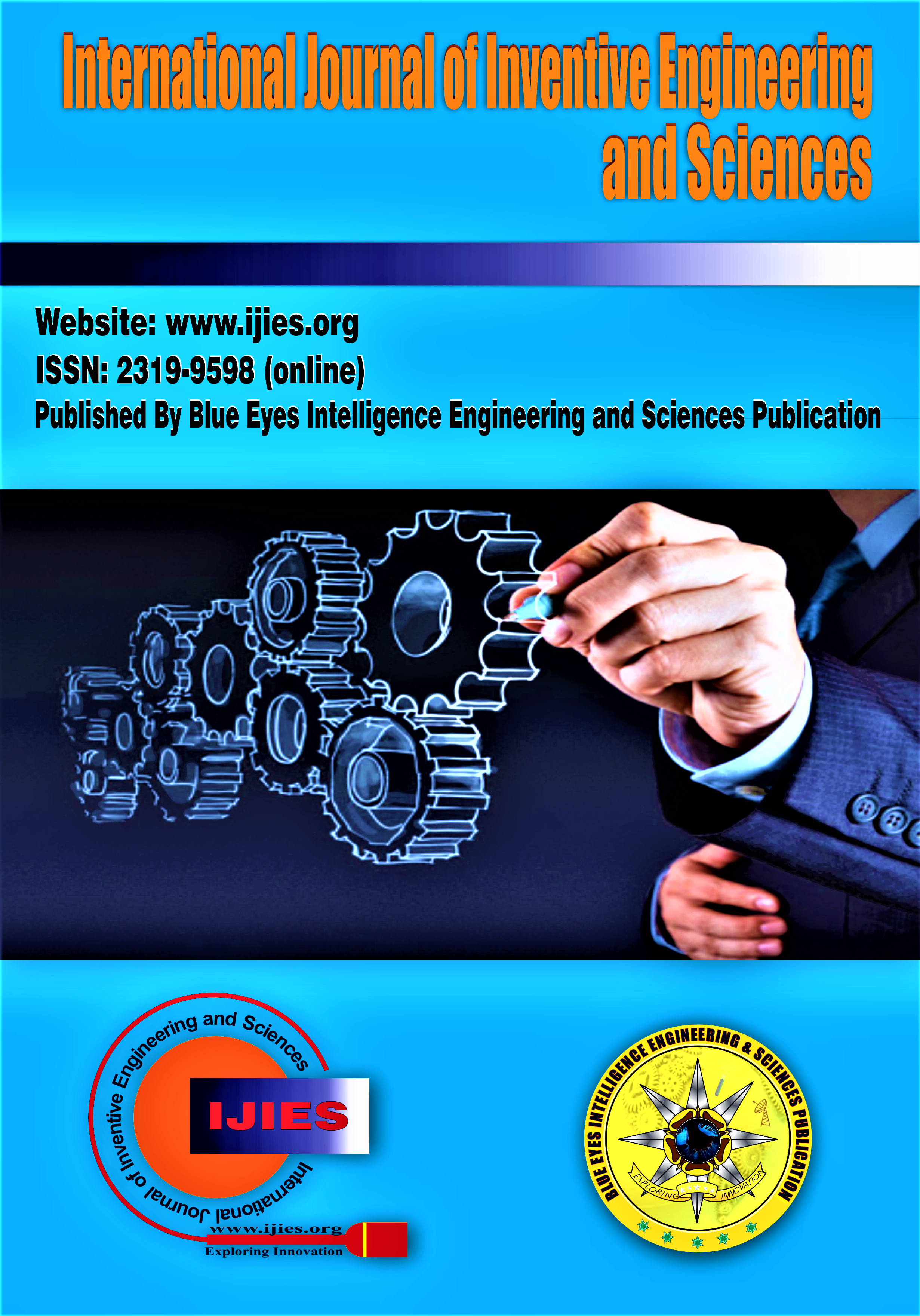New Mathematical Models and Analysis of Affixes for High-Quality Computer Translation from English into Uzbek, an Agglutinative Language Belonging to the Turkic Language Family
Main Article Content
Abstract
The relevance of the topic lies in the fact that, to create a machine translation program from English to Uzbek based on new mathematical models constructed on an expandable input language and through the morphological analysis of noun-tonoun derivational affixes in the noun word class, it is first necessary to study the degree of correspondence of affixes across word classes in both languages. This article presents a detailed theoretical discussion with examples on this issue. Thoughts are expressed on creating high-quality computer translation from English into Uzbek, which belongs to the Turkic language family as an agglutinative language that has not been sufficiently studied. Based on new mathematical models, the correspondence percentages between roots and affixes are provided. When affixes do not match, the translation of the input word’s affix into the output word is addressed according to mathematical models developed for achieving semantically correct translation. The article also provides directions for addressing existing problems and resolving semantic inaccuracies. Furthermore, the necessity of constructing new mathematical models for both languages is considered, taking into account the rich morphology and affixation of Uzbek, as well as the rule of dividing morphemes for translating words belonging to each word class into another natural language. The work is aimed at eliminating meaninglessness and abstractness in translating scientific texts from Uzbek into English. Proposals are put forward for creating a computer translation program based on new mathematical models. Additionally, the article explores the feasibility of accurately capturing grammatical differences between the two languages through a mathematical model comprising morphological, syntactic, and semantic transfer stages. Moreover, considering the rich morphology and affixation of Uzbek and the morpheme division rule for translating words belonging to each word class, as an experiment, the architecture, components, and implementation stages of a new rule-based mathematical model were used in the automatic translation process between Uzbek and English.
Downloads
Article Details
Section

This work is licensed under a Creative Commons Attribution-NonCommercial-NoDerivatives 4.0 International License.
How to Cite
References
Khakimov, Sh. O., Bekova, V. A., & Olimova, N. K. (2023). Developing a model of an English-Uzbek electronic translator based on rule-based machine translation. AIP Conference Proceedings, 2931(1), 080026. DOI: https://doi.org/10.1063/5.0104005
Lin L., Liu J., Zhang X., Liang X. Automatic translation of spoken English based on improved machine learning algorithm // Journal of Intelligent & Fuzzy Systems. – 2021. – Vol. 40, №2. – P. 2385-2395. – DOI: https://dx.doi.org/10.3233/JIFS-189234.
Zhang G. Research on the efficiency of intelligent algorithms for English speech recognition and sentence translation // Inform An Int J Comput Inform. – 2022. – Vol. 45, №2. – P. 309-314. –DOI: https://dx.doi.org/10.31449/inf.v45i2.3564.
Wen H. Intelligent English translation mobile platform and recognition system based on support vector machine // Journal of Intelligent & Fuzzy Systems. – 2020. – Vol. 38, №153. – P. 1-12. – DOI: https://dx.doi.org/10.3233/JIFS-179788.
Dandapat S., Federmann C. Iterative data augmentation for neural machine translation: a low resource case study for English-Telugu // Vol. Proceedings of the 21st Annual Conference of the European Association for Machine Translation, (Alacant, Spain), European Association for Machine Translation. – 2018. – May 28-30, P. 287-292. https://aclanthology.org/2018.eamt-main.29/
Lin X, Liu J, Zhang J, Lim S. A novel beam search to improve neural machine translation for English-Chinese // Comput Mater Contin (Engl). – 2020. –Vol.65, №1 P. 387-404. DOI: https://dx.doi.org/10.32604/cmc.2020.010984
Choi H, Cho K, Bengio Y. Context-dependent word representation for neural machine translation// Comput Speech Lang. – 2017. –Vol.45, P. 149-160. https://dx.doi.org/10.18653/v1/P16-1100.
M. Chen, “Trust, understanding, and machine translation: The task of translation and the responsibility of the translator,” AI & Society, vol. 39, no. 5, pp. 2307–2319, May 2023, DOI: https://doi.org/10.1007/s00146-023-01681-6
Nunes Vieira, L., O’Sullivan, C., Zhang, X., & O’Hagan, M. (2022). Machine Translation in Society: Insights from UK Users. Language Resources and Evaluation, 57(2), 893–914. DOI: https://doi.org/10.1007/s10579-022-09589-1
Matlatipov, S., Tukeyev, U., Aripov, M. Towards the Uzbek language endings as a language resource. In: Hernes, M., Wojtkiewicz, K., Szczerbicki, E. (eds.) ICCCI 2020. CCIS, vol. 1287, pp. 729–740. Springer, Cham (2020). DOI: https://doi.org/10.1007/978-3-030-63119-2_59
Yergesh, B., Bekmanova, G., Sharipbay, A., Yergesh, M.: Ontology-based sentiment analysis of Kazakh sentences. In: Gervasi, O., et al. (eds.) ICCSA 2017. LNCS, vol. 10406, pp. 669– 677. Springer, Cham (2017). DOI: https://doi.org/10.1007/978-3-319-62398-6_4
Khakimov, M.Kh. The Ministry of Justice of the Republic of Uzbekistan. Official Bulletin Journal. No. 10 (238), 2022, pp. 110-113. Patent No. IAP 07121, https://americanjournal.org/index.php/ajtas/article/download/2971/2804/2989
Khakimov, M.Kh. Technology of Multilingual Modelled Computer Translator. Monograph // LAP LAMBERT Academic Publishing, Riga, 2019, 174 p.
Mersaid Aripov, Muftakh Khakimov, Sanatbek Matlatipov, and Ziyoviddin Sirojiddinov. Analysis and Processing of the Uzbek Language on the Multilingual Modelled Computer Translator Technology. In: Vetulani, Z., Paroubek, P., Kubis, M. (eds) Human Language Technology. Challenges for Computer Science and Linguistics. Pp 81–95 LTC 2019. Lecture Notes in Computer Science, vol 13212. Springer, Cham.





